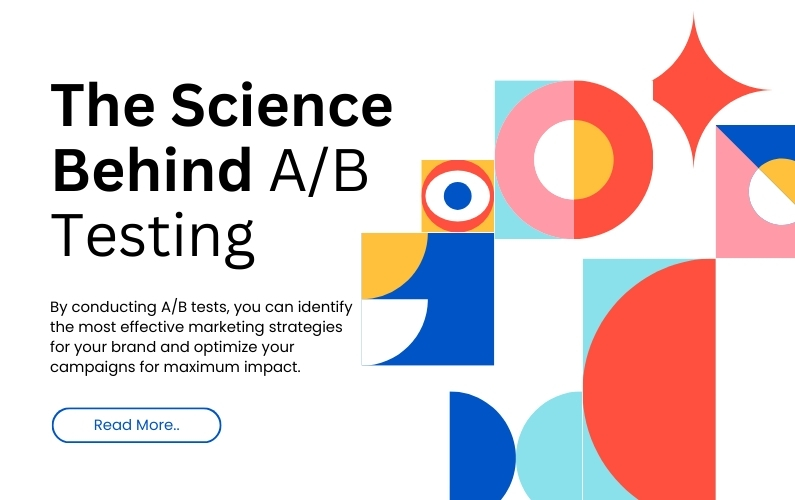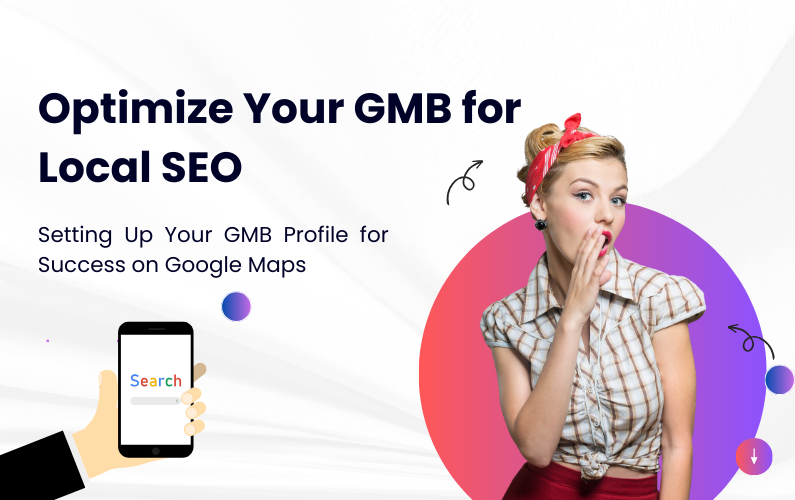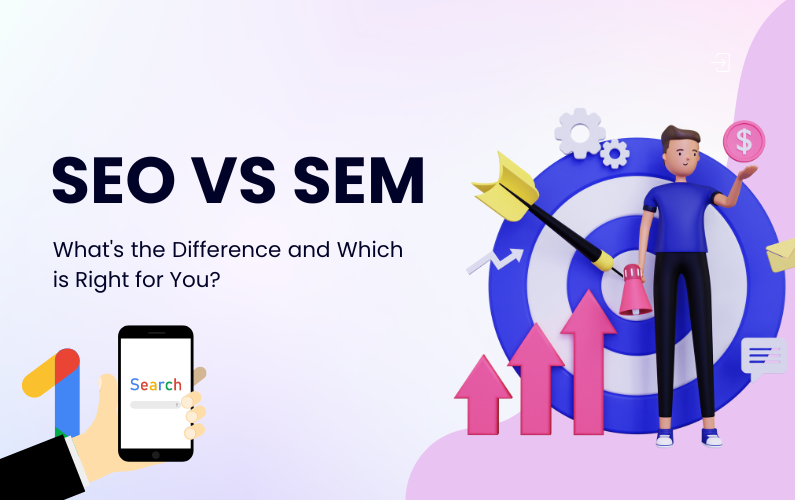The Science Behind A/B Testing
A/B testing is a crucial tool in digital marketing, but many people don’t understand the true science behind it. In short, A/B testing involves testing two different versions of a specific element (such as a webpage, email subject line, or ad copy) to determine which performs better in terms of driving conversions. By conducting A/B tests, you can identify the most effective marketing strategies for your brand and optimize your campaigns for maximum impact.
In this comprehensive guide, we will dive into the science behind A/B testing and how it pertains to digital marketing strategies. We will define what A/B testing is and the benefits that it offers for different types of products and services, as well as provide a step-by-step guide for conducting A/B tests. We will also explore real-world scenarios and case studies that illustrate successful A/B testing methodologies and metrics for measuring success. Lastly, we will provide tips and tricks for maximizing the effectiveness of A/B testing in your digital marketing efforts.
Defining A/B Testing and its Benefits
A/B testing involves testing two separate versions (A and B) of a specific element to determine which performs better in driving conversions. This element can be anything from a website design or a product image to email subject lines or ad copy. By comparing the performance of different versions, you can identify the most effective ways to reach your target audience and optimize your campaigns for maximum engagement.
The benefits of A/B testing are numerous, regardless of the type of product or service you offer. For example, A/B testing can help you improve your website’s bounce rates, increase your email open rates, and lead to higher click-through rates on ads. A/B testing can also help you optimize your marketing strategies to be more personalized and targeted to your audience.
Conducting A/B Tests
To conduct an effective A/B test, you need to follow a detailed process that includes identifying variables to test, determining the sample size, and establishing success metrics. Here is an overview of each step:
- Identify variables to test: When conducting an A/B test, it’s important to test one variable at a time to ensure that the results are accurate. For example, you might test two different versions of a landing page, with the only difference being the headline or button color.
- Determine the sample size: The sample size refers to the number of people who will participate in the A/B test. The larger the sample size, the more accurate your results will be. To determine the sample size, you need to calculate statistical significance, which depends on the size of your audience and the expected rate of conversion.
- Establish success metrics: Establishing success metrics is crucial for measuring the effectiveness of your A/B tests. These metrics can include click-through rates, conversions, bounce rates, or any other relevant metric that measures the success of your campaigns.
Real-World Scenarios and Case Studies
Real-world scenarios and case studies are great ways to understand the effectiveness of A/B testing in digital marketing. Here are some examples:
- Video ad A/B testing: A company conducted an A/B test on two variations of a video ad campaign. One variation had a static image before the video began, while the other had a short animation. The results showed that the video ad with animation had a much higher conversion rate than the one with the static image.
- Email subject line A/B testing: An e-commerce company tested two different email subject lines to see which one had a higher open rate. The first subject line was straightforward and descriptive, while the second one used humor and puns. The email with the second subject line had a much higher open rate than the first.
Maximizing the Effectiveness of A/B Testing
To maximize the effectiveness of A/B testing in your digital marketing efforts, consider these tips and tricks:
- Test only one variable at a time: Testing multiple variables at once can skew your results and make it difficult to determine the exact impact of each variable.
- Focus on your audience: Make sure your A/B tests are targeted to your specific audience and take into account their preferences and behavior.
- Be patient: It’s important to give your A/B tests enough time to gather accurate data. Rushing to conclusions too quickly can lead to inaccurate results.
Conclusion:
Overall, A/B testing is an incredibly valuable tool for digital marketers. It allows you to experiment with different variables and strategies to optimize your campaigns and drive more conversions. By understanding the science behind A/B testing and following the steps we’ve outlined, you can gain insights into what works best for your audience and make data-driven decisions. It’s important to remember to focus on testing one variable at a time, as this ensures accurate results. Additionally, staying patient throughout the testing process is key, as it may take time to gather enough data to draw meaningful conclusions. By considering your audience’s preferences and behaviors, you can tailor your marketing efforts to better resonate with them and achieve better results. So, embrace the power of A/B testing and unlock the potential to take your marketing to new heights!
Read More
- A Comprehensive Guide to Keyword Research for Better SEO
- WordPress Security 101: Protecting Your Website from Cyber Threats
- SEO Guide For Your Google Business Profile
- Top Tips for Choosing the Best Website Design Agency in Toronto
- Introducing Our A+ BBB Accreditation at MJSoft!
- How to Generate More Leads through Referral Marketing
Our Services:










